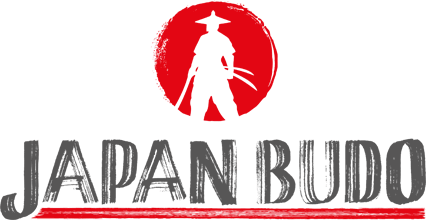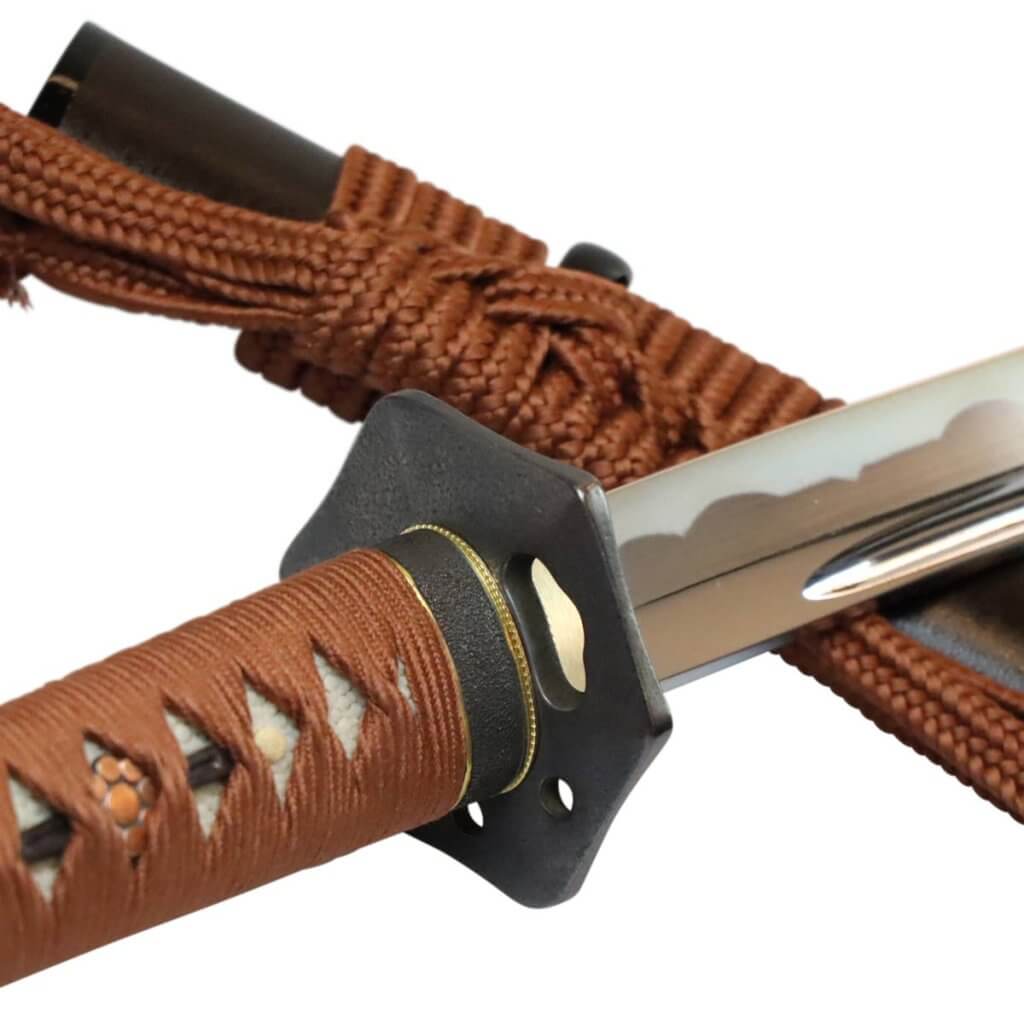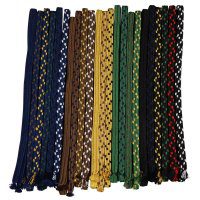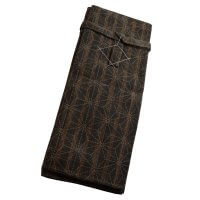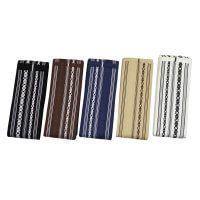What are the characteristics of a genuine Iaito from Japan?
Iaito from Japan have blunt blades made of zinc-aluminium. These are in accordance with the country's weapons laws and have been used for decades for training Japanese martial arts.
The handle corresponds to the design of the handle of a real katana from Japan. A simple solution is used for the handle winding (there are over 40 different ones), but it is very tight.
The scabbard is made to fit the training sword, not too tight and not too wide. The sword has an optimum fit.
How complex is the production of the training swords?
The blades of the Iaito swords are moulded and an artificial hamon is applied. This part of the manufacturing process is relatively simple, at least compared to real swords from Japan with forged blades.
Manufacturing the handle takes more time. To avoid years of stress during Iaido training, the grip tape must be tied tightly and accurately. This requires concentration and time. Even though it is time-consuming, this step is an important part of the production of an Iaido training sword and is carried out conscientiously in Japan.
The scabbard, including paintwork, must also be made to fit.
Even if the production (at least of inexpensive Iaito) is comparatively simple compared to the much more expensive real Katana, the sum of the individual work steps makes the production so complex that it cannot be carried out within a few days.
What ingredients are needed to make an Iaito?
Iaito for training are usually kept simple. However, even the simplest swords consist of many individual parts:
Components of the handle (Tsuka)
Wooden body made from magnolia wood
A solid wooden body forms the basis of the handle. This is traditionally made from magnolia wood.
Same
Same is ray skin that is inserted into the handle in strips. Same holds the knots of the handle strap in place and gives the handle its characteristic look.
Menuki
Menuki are decorative elements under the grip tape. They also strengthen the grip and provide orientation for the hands. In different disciplines of Japanese martial arts, different positions of the menuki under the grip tape can be favoured.
Ito
Ito is a tape. It is often also called tsuka ito, or grip tape. This grip tape is wrapped around the grip and is called tsuka maki. It is important for training that the tape is wrapped tightly.
Mekugi
Mekugi are pins made of bamboo that are inserted through the handle and hold the blade in the handle.
Fuchigashira
Fuchigashira are basically 2 elements, fuchi and kashira. They are the two metal end caps on the hilt of a sword. They usually have a uniform design and are collectively called fuchigashira.
Fittings
Habaki
In addition to the fuchigashira just mentioned, there are other metal elements on the sword. Habaki is a blade ferrule made of soft metal.
Seppa
Seppa are washers made of soft metal. One of them is placed between the end cap (fuchi) of the sword handle (tsuka) and the blade (tsuba). The second seppa sits between the tsuba and the blade ferrule (kashira).
Tsuba
The blade on a samurai sword is called a tsuba. These are available in different shapes and designs.
Saya and components
Magnolia wood body
Like the hilt, the scabbard is made from magnolia wood.
Koiguchi
Koiguchi is the opening of the sword scabbard, also known as saya-guchi and tsune-guchi. The latter may be the name for the horn reinforcement on the scabbard.
Kurigata
Kurigtata is an eyelet on the scabbard through which the sageo strap is pulled.
Sageo
Sageo is a strap that secures the sword to the belt.
Kojiri
Kojiri is the end cap at the rear end of the scabbard. This can even be made of horn or metal.
How long does it take to make a complete Japanese training sword?
As we have seen before, a training sword consists of many individual elements that are assembled by hand in numerous individual steps to form a finished sword.
For the production of a Iaito from Japanordered in our online shop, a production time of 12 to 16 weeks is to be expected.
